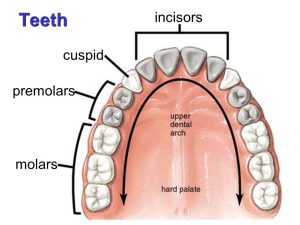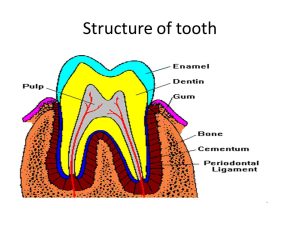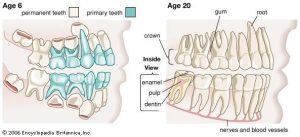Introduction
In the intricate realm of oral anatomy, teeth stand as silent but essential warriors, aiding us in the daily rituals of biting, chewing, and grinding our food. This article delves into the diverse array of teeth types, their functions, and the dynamic changes in tooth count as individuals progress through different stages of life.

Types of Teeth
Incisors
Incisors, those sharp front teeth, are the culinary initiators, tasked with biting and cutting food into more manageable pieces. Comprising eight in total — four central and two lateral on each row — these flat, thin-edged incisors, also known as anterior teeth, play a pivotal role in the initial stages of digestion.
Canines
Situated next to the incisors, canines assume a pointed and formidable appearance, resembling fangs. Alternatively called cuspids or eyeteeth, these four canines are the longest of all teeth and are designed for tearing into food with precision. Emerging in both children and adults, canines hold a distinct role in the dental hierarchy.
Premolars
Bigger in size than incisors and canines, premolars, or bicuspids, boast numerous ridges that aid in the intricate processes of chewing and grinding. Adults are endowed with eight premolars, with the first and second premolars strategically placed adjacent to the canines. Notably absent in young children, premolar teeth make their entrance into the oral landscape around the ages of 10–12.
Molars
The grandiose molars claim the title of the largest teeth, equipped with expansive flat surfaces adorned with ridges. Facilitating the thorough mastication of food, adults possess a total of 12 permanent molars — six on the top and six on the bottom. The emergence of wisdom teeth, or third molars, typically occurs between the ages of 17–21, taking their place in the far corners of the jaw.

Structure of Teeth
Layers
Beyond the visual distinctions, teeth unveil a complex structure composed of enamel, dentin, pulp, and cementum. Enamel, the outermost layer and the hardest substance in the body, safeguards the tooth’s integrity. Dentin, softer than enamel, provides structural support. Pulp, residing in the deepest layer, houses nerves and blood vessels, while cementum, found on the root beneath the gums, contributes to the tooth’s stability.

Number of Teeth
Primary Teeth (Children)
Children embark on their dental journey with twenty primary teeth. This journey commences around the age of 6 months, as primary teeth gradually make their debut, completing their arrival by the age of 3. The torchbearer of the dental transition is the eruption of 28 permanent teeth, gradually replacing their primary counterparts.
Permanent Teeth (Adults)
The dental saga reaches its zenith in adulthood, with a total of 32 teeth gracing the oral cavity. The timing of tooth eruption varies, with the enigmatic wisdom teeth making their appearance between the ages of 17–21. This comprehensive tableau of permanent teeth includes incisors, canines, premolars, and molars, contributing to the intricacies of oral function.

The Journey Through Ages
As individuals traverse the stages of life, their teeth undergo a transformative odyssey. The initial exodus of primary teeth makes way for the emergence of permanent teeth, marking a pivotal moment in dental maturation. The age at which teeth erupt may differ from one individual to another, introducing an element of uniqueness to each person’s dental timeline.
Comparative Table
| Type of Teeth | Age Teeth Come Through | Age Teeth Are Lost |
|---|---|---|
| Upper Jaw | ||
| Central Incisor | 8–12 months | 6–7 years |
| Lateral Incisor | 9–13 months | 7–8 years |
| Canine | 16–22 months | 10–12 years |
| First Molar | 13–19 months | 9–11 years |
| Second Molar | 25–33 months | 10–12 years |
| Lower Jaw | ||
| Second Molar | 23–31 months | 10–12 years |
| First Molar | 14–18 months | 9–11 years |
| Canine | 17–23 months | 9–12 years |
| Lateral Incisor | 10–16 months | 7–8 years |
| Central Incisor | 6–10 months | 6–7 years |
Dental Care and Hygiene
Beyond the realm of anatomy and development, maintaining optimal dental health emerges as a crucial imperative. Daily practices, such as brushing teeth twice a day with fluoride toothpaste, regular flossing, adopting a balanced diet, and minimizing sugar intake, contribute to the longevity and vitality of teeth. Regular dental checkups and cleanings serve as sentinels guarding against potential dental issues, ensuring prompt intervention when needed.

Conclusion
In essence, the saga of human teeth is a multifaceted journey, marked by distinct types, intricate structures, and a dynamic evolution through various life stages. Understanding the nuances of teeth types and functions, coupled with diligent dental care practices, ensures that our dental warriors remain resilient, allowing us to savor the joys of life with a healthy and vibrant smile.












